How To Make Lard
This post may contain affiliate links. See my disclosure policy.
A step by step tutorial on how to render fat into lard and the benefits of using it! Learn about the myths surrounding lard and animal fats, the history behind the industry, and how to make lard, store it, and use it!
Use this lard to make the BEST EVER Buttermilk Biscuits and the ultimate Lard Pie Crust!
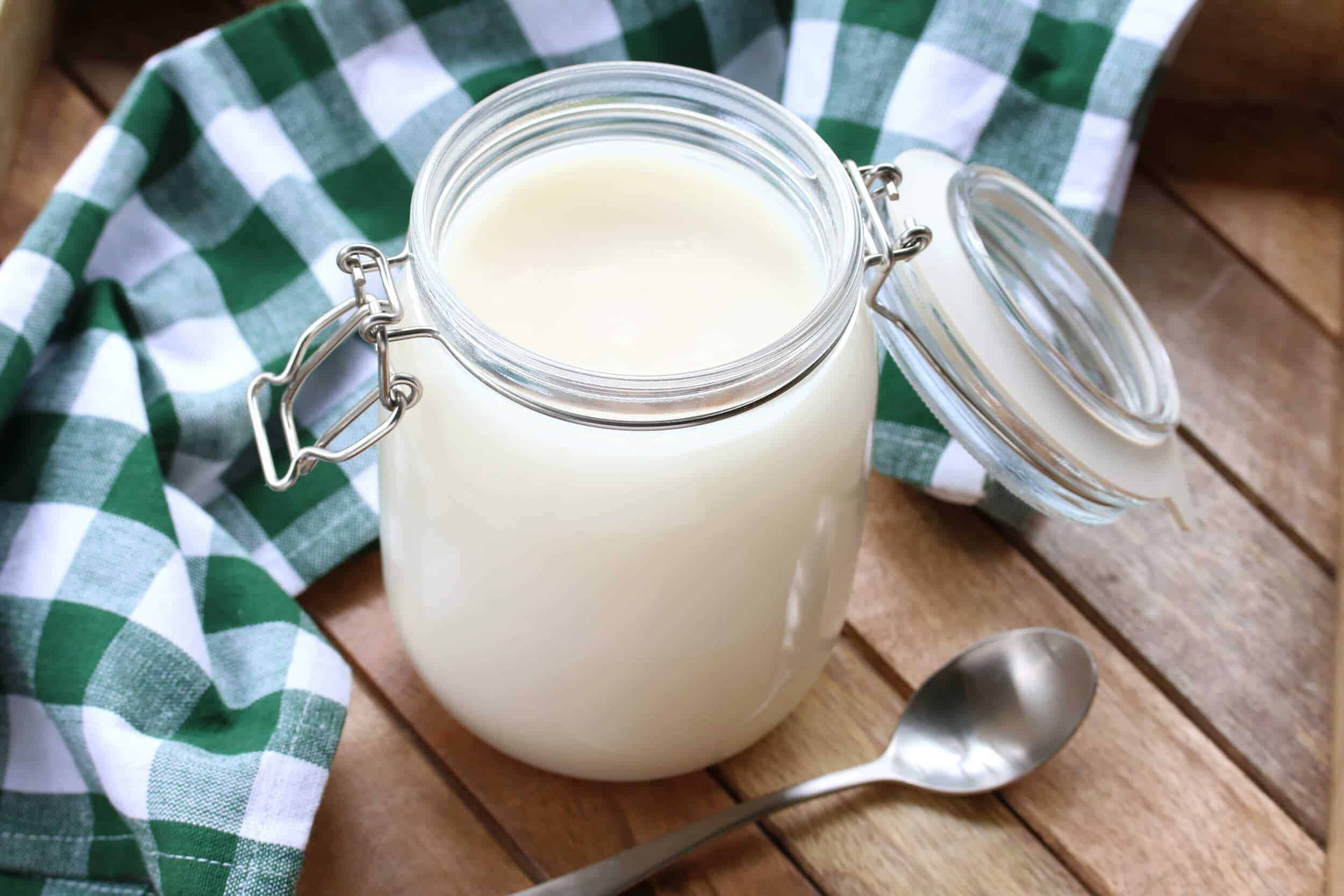
Why We Stopped Using Lard (For All the Wrong Reasons)
Chances are the vast majority of people reading the title and looking at this bottle of lard will have a negative reaction. What will follow is the pronouncement of a string of health conditions that through decades of medical myths have come to be associated with eating lard. In the meantime our ancestors are shaking their heads, “our average lifespan was as long as yours and we didn’t have nearly the number of health conditions as you do today.”
So what happened? What caused us to so vehemently reject one of our ancestors’ most basic food staples?
I won’t attempt to give you all the reasons but I’ll provide a really good starting point. Where: The USA. When: Early 1900’s. Who: Proctor & Gamble.
They had a booming business producing cotton. Which, by the way, is not considered a food crop by the FDA. (That’s important. Keep reading.) But there was this unwanted portion of the cotton plant – cottonseed – that they couldn’t do anything with. And they had lots and lots of it. So they put their heads together to come up with something they could do with cottonseed in order to profit from it. Drumroll…They discovered a method of intense processing that enabled them to extract oil from the cottonseed – and at virtually zero expense to them! But they found the oil was unstable at room temperature and turned easily rancid. Enter Hydrogenation. They figured out that hydrogenating the stuff made it stable and last a long time. And here comes the “What”: The end result was an oil that looked like lard. They called it Crisco.
An issue of Popular Science summed it up this way: “What was garbage in 1860 was fertilizer in 1870, cattle feed in 1880, and table food and many things else in 1890.” And it changed the way we thought about food and the way we ate for generations. The legacy of the anti-lard and butter mindset it established still continues today.
Did you know that more marketing dollars were spent on making Crisco a success than any other marketing endeavor up to that point in history? What ensued from that point on can only be summed up as one of the greatest, most widespread and most misfortunate health scandals of all time with health consequences were are still reaping.
On the one hand, while Crisco was being marketed as cheaper and “healthier” than lard or butter, simultaneously marketing dollars were spent labelling butter and lard as intrinsically “bad.” They even gave away free cookbooks with every purchase of Crisco. And of course you can guess which ingredient replaced everything that normally would have called for butter or lard.
With so much marketing wealth and power behind the effort, it took only a few years to turn an entire nation away from the source of fat that had been used for centuries by their ancestors. And it was successfully labeled as hazardous to our health. Oh, the sad irony.
Decades later, when illnesses began mounting to the point where the statistics could no longer be ignored, the statement was finally released that hydrogenated oils are bad for you. But the fat phobia continued as did the manufacturing of substitute oils.
One such oil: Canola. Guess where canola oil comes from? (Hint: No, it’s not the canola plant. There’s no such thing per se. The “canola” plant was developed in the 1970’s and is nothing more than a modified, cross-bred version of the rapeseed plant.) The name is the shortened version of “Canada oil low acid” and comes from rapeseed. Another non-food crop. Here’s a little history on rapeseed oil: During WWII, rapeseed oil was used on naval ships as a lubricant. When the war ended, there was so much farmland in Canada already dedicated to growing rapeseed that they wanted to find other uses for it so they could continue pulling a profit. The problem with rapeseed oil: It’s such a terribly foul-tasting and rancid-smelling oil that it isn’t fit for human consumption. And so they spent the next few decades until the 1970’s working out a way to make it edible. That process requires heavy refining, bleaching and deodorizing using harsh chemicals (as far from “natural” as it gets) to finally yield the neutral-tasting, odorless oil that now sits on grocery store shelves bearing the American Heart Association’s seal of approval.
Fast forward to today: Almost all processed and pre-packaged foods – everything from chips and breakfast cereal to canned soups and salad dressings – are made with either canola, cottonseed, soybean/vegetable or corn oil. Why? Because they’re cheap to produce. And because we’re still in this mindset that they’re somehow better for you than lard or butter. (For more info on why soybean/vegetable and corn oil (and several others) are so bad for you, see this article for an explanation).
Well, we’ve come full circle. Medical research over the past several years has continued to confirm that fat is not the devil it’s been made out to be and that it is not the root cause of cardiovascular disease. Medical literature is finally starting to reflect this as are many health professionals in their medical advice. However, the notion that fat is bad has been so deeply engrained in our culture and medical philosophy for so long that it’s going to take some time before we’ve all caught up to the facts. Even many health professionals are still stuck in that archaic mindset, though we’re slowly starting to see the rhetoric change.
Our ancestors had it right after all.
My philosophy and approach to diet is a simple one and echoes centuries of wisdom: 1) Eat real, whole foods as close to their natural state as possible and 2) eat things in moderation.
So that brings us back to lard. It’s a fully natural, whole food. It can be made in your own kitchen without any special equipment and the process couldn’t be simpler: Melt it. Strain it. Use it. And I’ll show you all the steps you need to make your own lard.
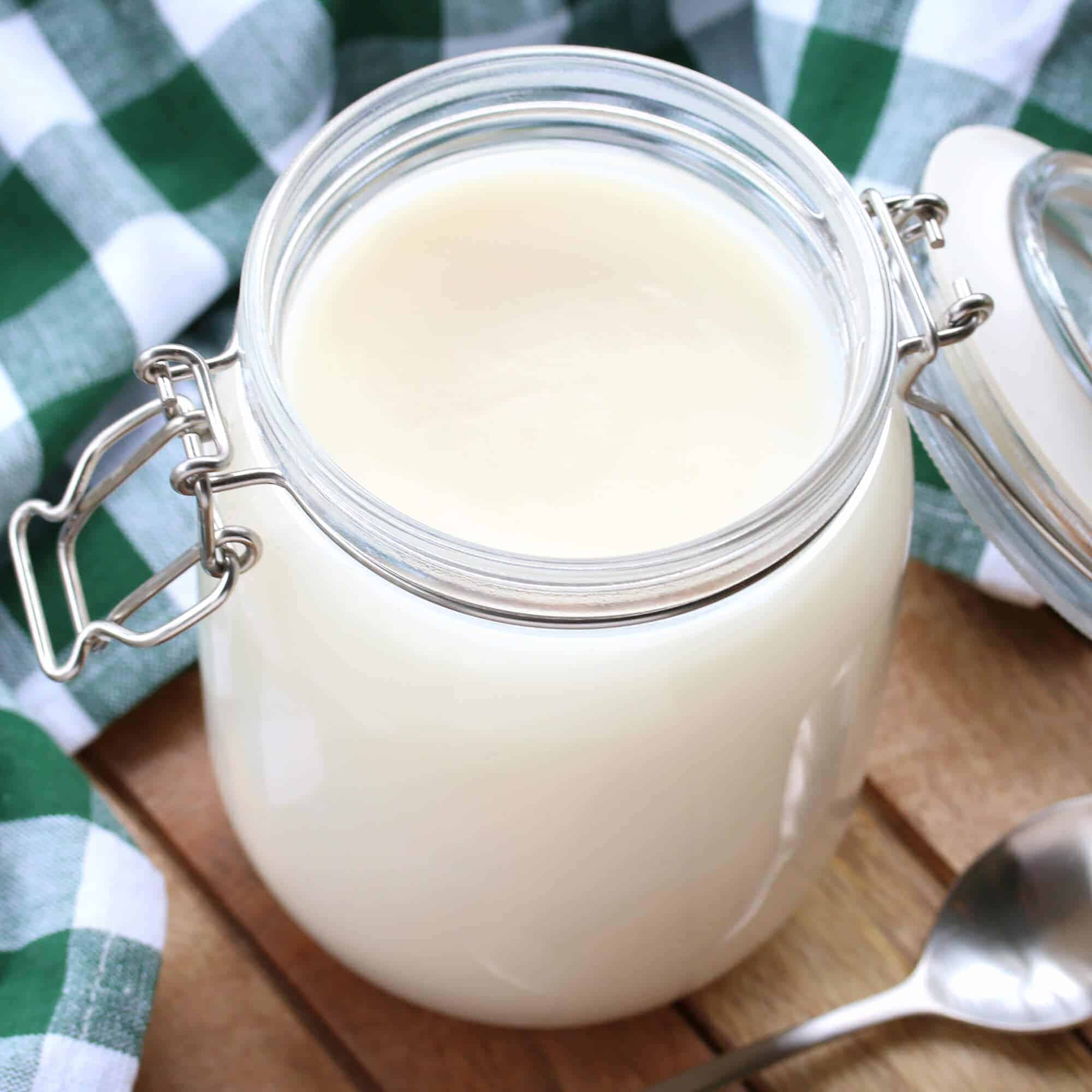
Benefits of Lard
Lard has several advantages over other oils/fats, one of them being that it, along with beef tallow, has one of the highest smoke points. That means it doesn’t oxidize when you heat it (oxidization = cancer). So lard is ideal for high heat cooking (i.e., anything above a light sauté).
Lard also has a high melting point making it the best choice for extra flaky pie crusts and pastries (beef tallow even more so – we’ll be addressing tallow next time.) Get ready to really experience the old-fashioned taste of yesteryear and what made grandma’s baking so famous.
Lastly, it tastes awesome! Get ready to make the best fried chicken, crispy hash browns and just about anything you want to taste just that much better.
Finally, it has health benefits. That’s right, lard is a good thing. To read about its health benefits along with several other reasons to use lard, check out this article: Top 10 Reasons To Bring Lard Back.
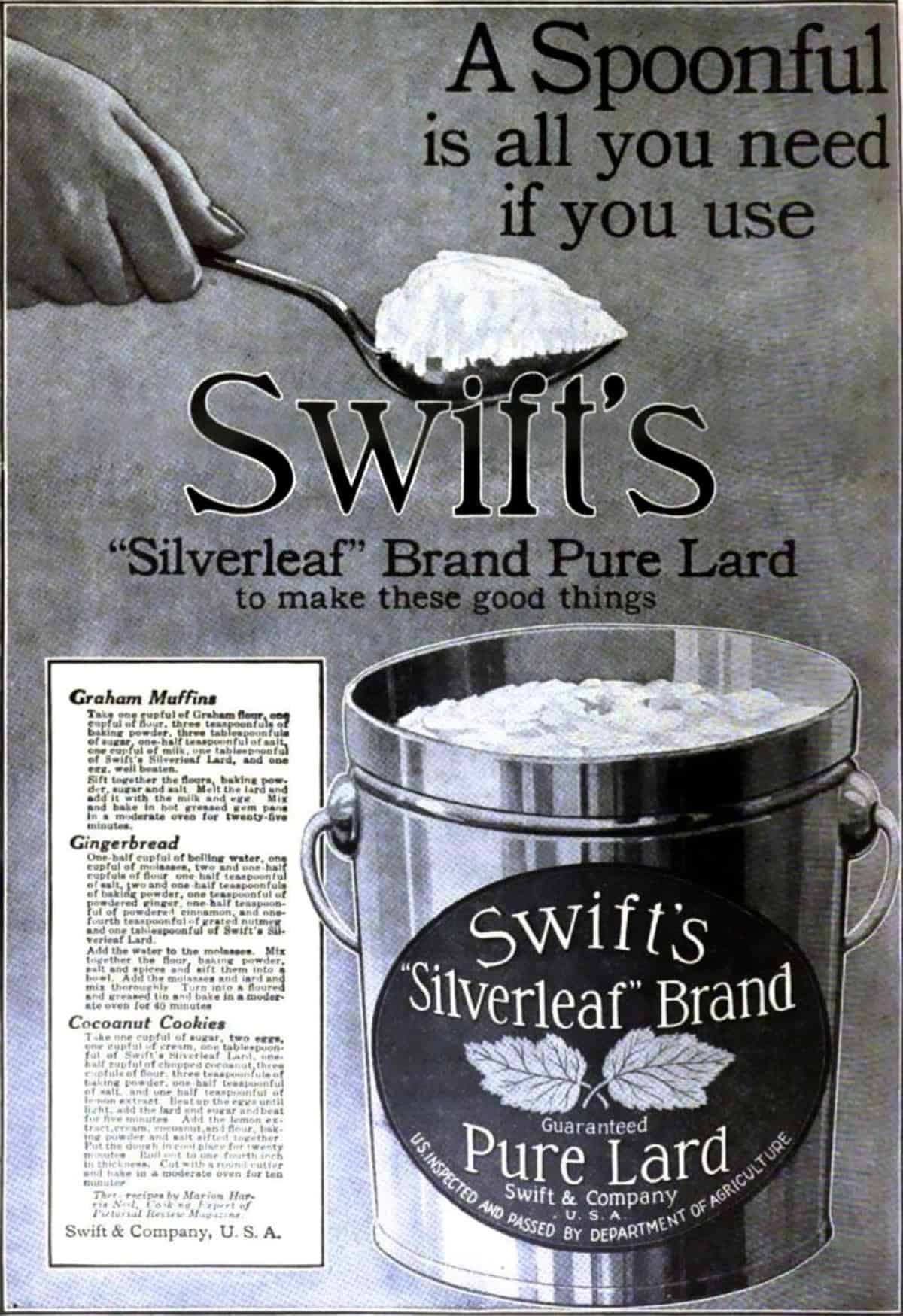
Types of Fat from a Pig
Belly Fat: This is what’s used in the U.S. to make bacon (in the UK it’s known as streaky bacon). As its name suggests, it comes from the belly of the pig and has layers of fat and meat. Pork belly has become popular in recent years in a variety of cuisine. You typically wouldn’t render the belly into lard because there is too much meat attached.
Fatback: This comes from the back of the pig, includes the shoulder and rump areas, and is the thick layer of fat directly underneath the skin. Once rendered it produces a lard that’s slightly yellow in color and it has a stronger pork odor and flavor than leaf fat (see below). It’s great for frying or sauteing. Fatback is also what’s used in sausage-making.
Leaf Fat: This is the fat from around the pig’s kidney’s and, like beef leaf fat, is the “cleanest” fat on the pig. It’s also the healthiest. Once rendered it produces a lard that’s white in color with a milder odor and flavor, making it ideal for use in pie crusts and pastries.
**NOTE: The health benefits of lard apply only to pasture-raised pork. Fat is where a lot of the bad stuff is stored and concentrated (ie, chemicals, additives, by-products of junk ingredients, etc) and for that reason we strongly recommend only using fat from pasture-raised pigs. Avoid fat from commercially raised pigs.
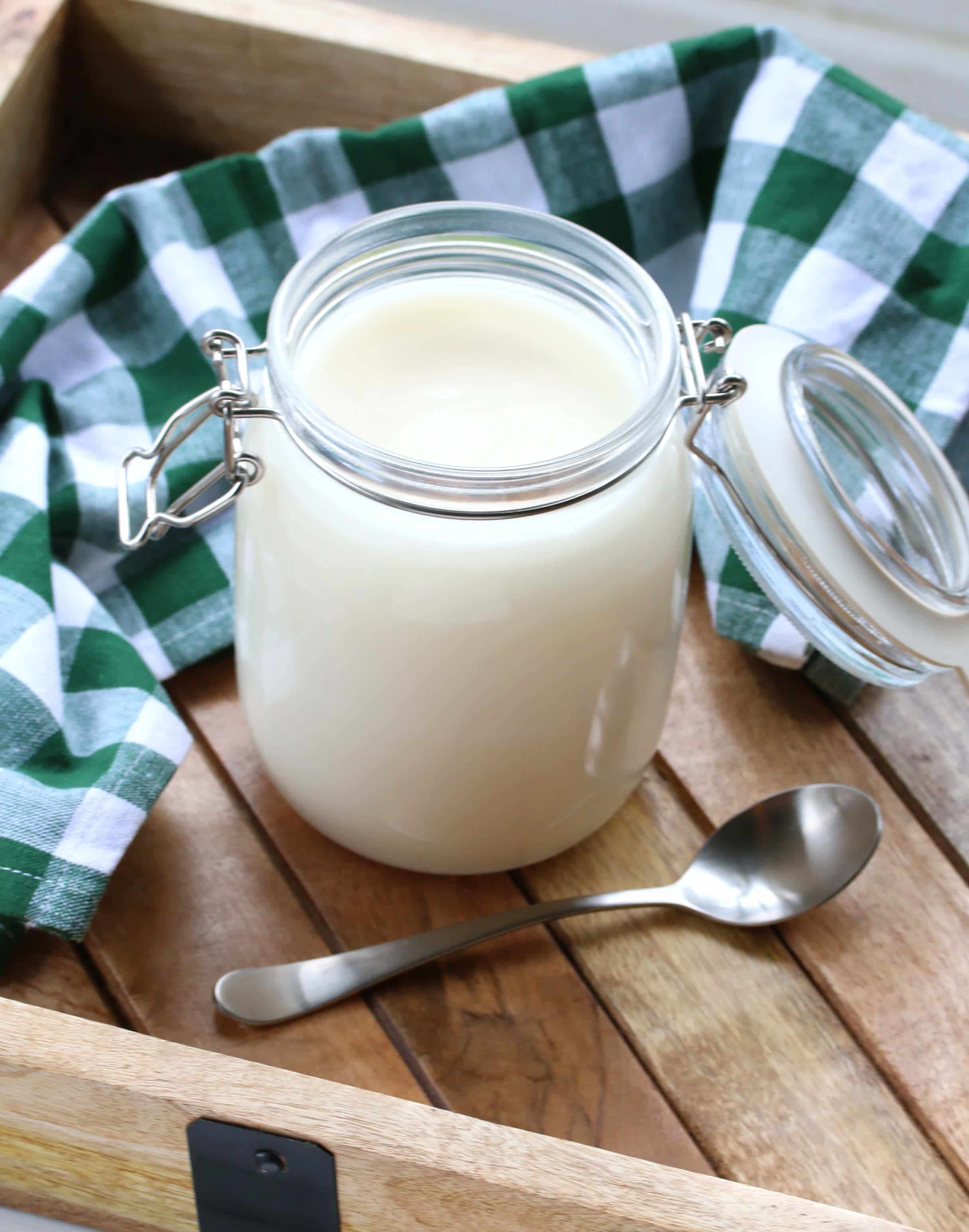
How to Store Lard
Lard was used and stored for centuries before refrigeration was invented. It will keep at room temperature for a long time (traditionally many kept it for up to a year). Nevertheless, today most recommend storing it in the fridge. It’s your call. In the fridge it will keep for at least 6 months and up to a year also and many say it’s less likely to get rancid in the fridge. I’ve heard of many people keeping it for even longer than a year in the fridge. Lard can be kept almost indefinitely and what determines if it’s still good is its smell: If it starts smelling rancid, throw it out and make another batch.
For longer storage lard can also be frozen. Freeze it in bars, in cubes, in tablespoon amounts, in tubs (slicing off what you need, no need to thaw), whatever you prefer. Lard can also be frozen in glass jars once the fat has solidified at room temperature.
It is best to only freeze it once though, not thaw and re-freeze.
Shelf Stability
Homemade rendered lard is very shelf stable. The process of rendering it removes excess water and other impurities, thus preserving the fat and keeping it from spoiling.
Is Lard Pasteurized?
Because lard is a pure fat and does not contain enough water to support bacterial growth (i.e., causing spoilage) lard doesn’t need to be pasteurized.
A word of Caution
If you choose to buy lard rather than render it yourself, be very careful about the lard you find in stores. Many of them are hydrogenated and many also contain large amounts of highly toxic benzene derivatives known as BHA and BHT. Avoid these. Plus, making it yourself is MUCH cheaper than buying it. Most “clean” commercial lard on the market charge more than $20 per pound. I’m able to make more than six times that amount for the same price!
If you have a local butcher you trust that makes lard from pasture-raised pigs, perfect. Otherwise I strongly recommend making it yourself, choosing fat pastured pigs that were raised responsibly. As noted earlier, fat is where a lot of the bad stuff is stored and concentrated (ie, chemicals, additives, by-products of junk ingredients, etc) and so it’s important to choose “clean” fat from pigs that were pasture-raised and avoid fat from commercially-raised pigs.
Three Ways to Render Fat
You can render lard in a heavy pot in the oven between 225-250 degrees F, on the stove top over low heat (start at “2” and once it begins melting turn it down to “1”) or in a slow cooker on LOW. Whichever method you choose, just remember that if you’re wanting a neutral flavor for using in pastries and pie crusts, cook it over very low heat, otherwise your lard will have a much stronger, “piggy” flavor (which is still fine for things like frying and sauteing where you want to add a little flavor boost).
Troubleshooting
Help, my lard has grown mold! Pure fat doesn’t grow mold, it goes rancid. So if there’s mold on it it’s because it wasn’t rendered long enough and/or it wasn’t strained properly. If there are any bits of meat or sediment left in the lard after rendering it, those will grow mold.
I’ve also heard some people recommend that if you’re going to store the lard in the fridge instead of at room temperature or freezing it, to cover it with cheesecloth or a tea towel and rubber band since a screwed on lid can trap moisture inside the jar.
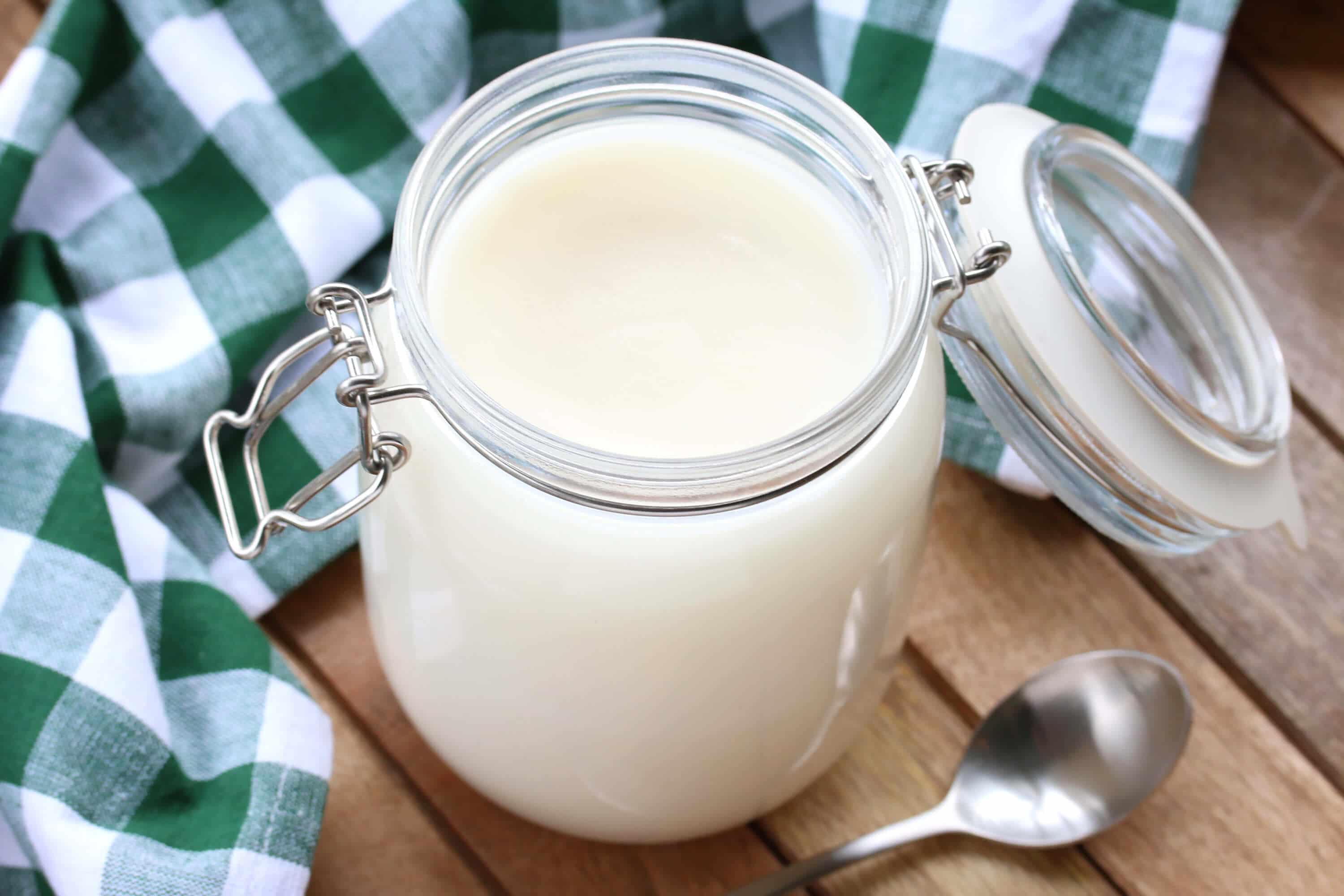
How to Make Lard
Let’s get started!
I’m using leaf fat for this. Referring to the section above about different kinds of fat.
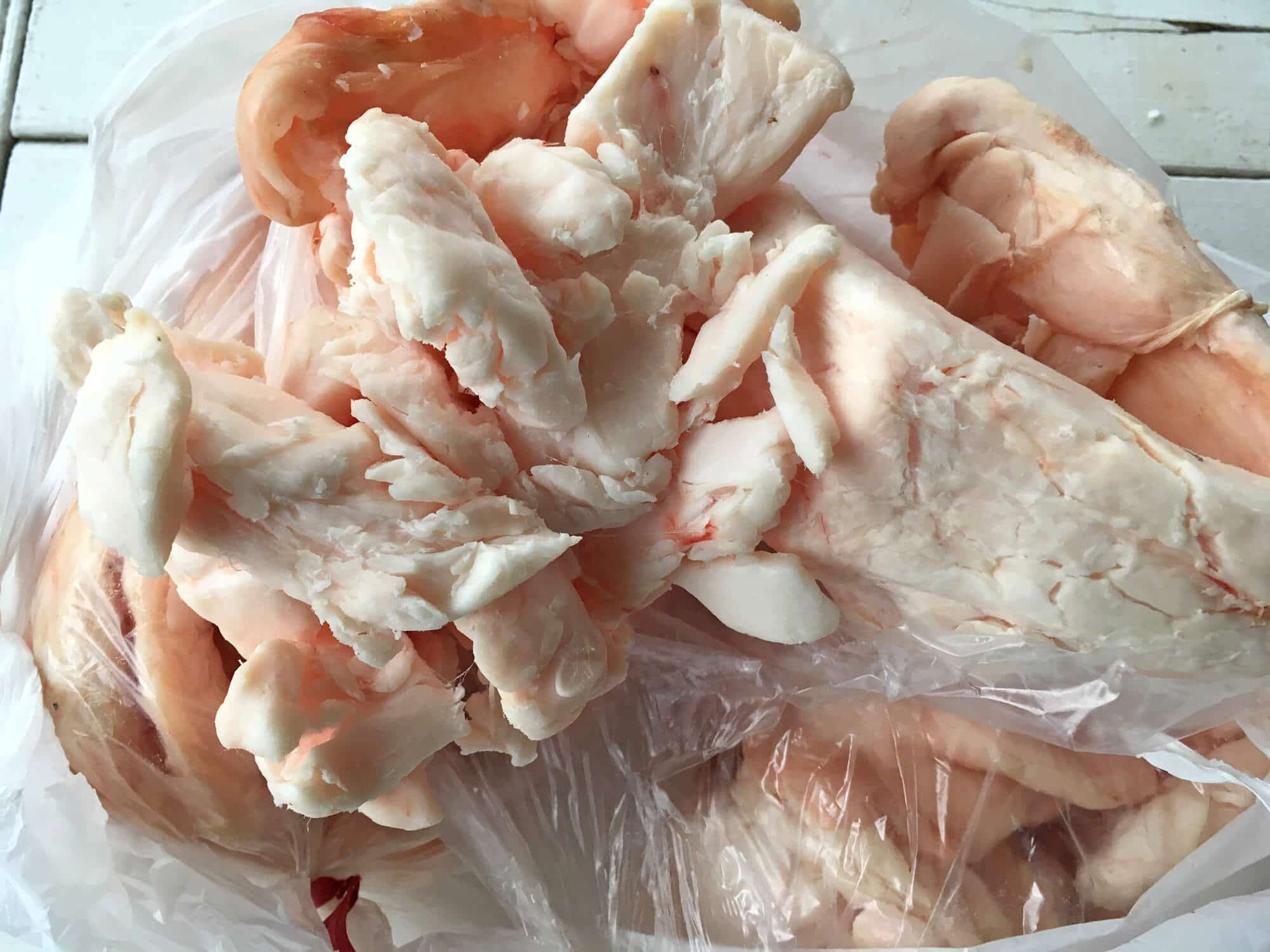
I highly recommend freezing the fat first because it makes the job of chopping the fat MUCH easier and cleaner!
Dice the fat as small as you can. The smaller you chop the pieces the quicker it will render and the more lard you will get out of it. (Note: I recommend chopping it smaller than the batch pictured below. That was my third batch that week and I was getting impatient.) **Also, if you have a friendly butcher who is willing to grind the lard for you, ask them. Alternatively you can freeze it and finely chop it in your food processor.
Place the fat in a slow cooker and set it to LOW.
If you’re melting it over the stovetop, place it in a heavy pot and set it to “2”. Once it begins melting set it to “1”. (Again, the key is cooking it over low heat to produce a beautifully clean and white lard with a neutral flavor.)
You can also render lard in the oven: Place it in a heavy pot (Dutch oven is perfect) and set the oven between 225-250 degrees F.
I leave the lid off to prevent water/moisture from building up, which can lead to spoiling. By leaving the lid off, any developing water/moisture will evaporate.
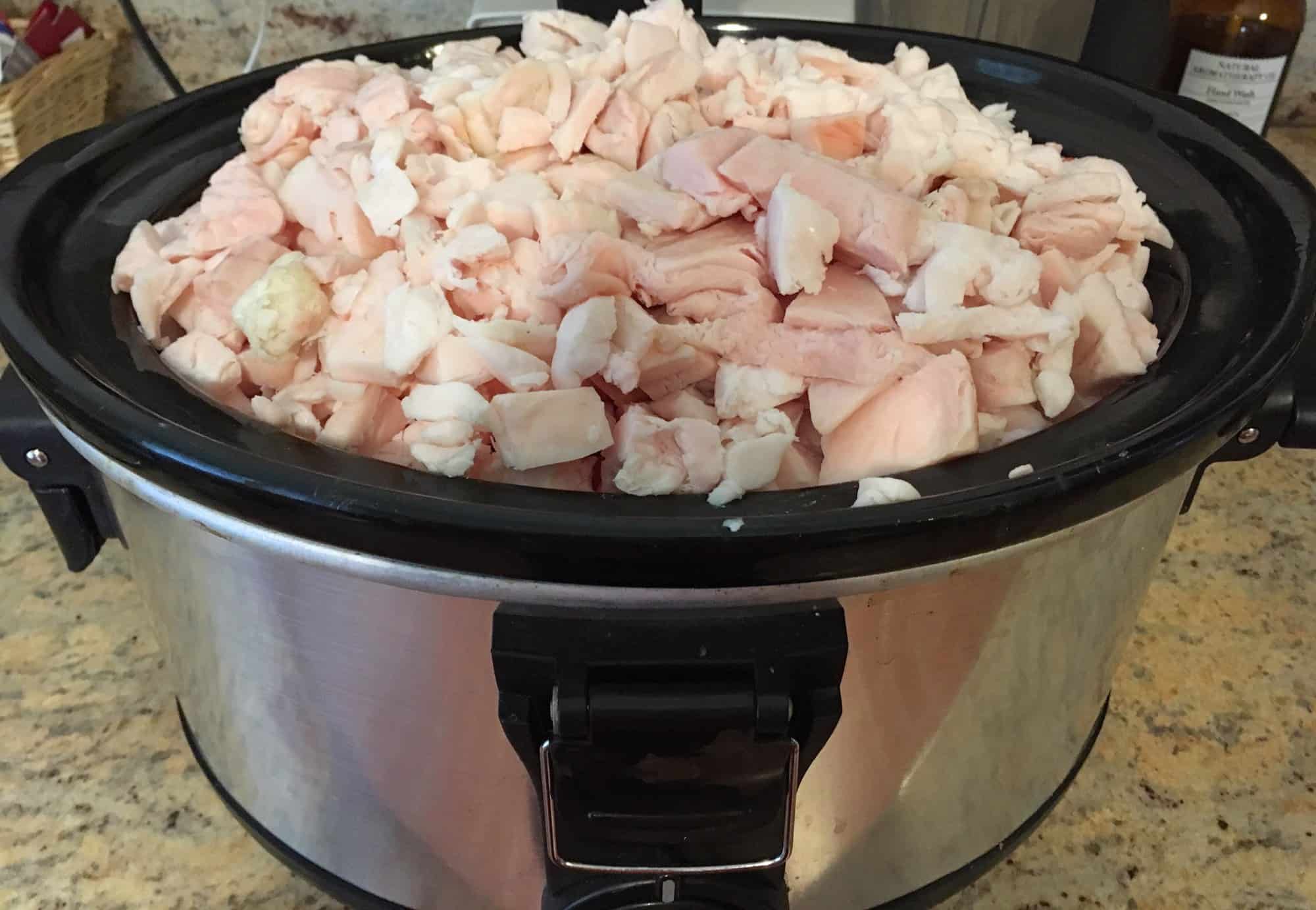
It will take several hours. The cracklings will soon sink down and then rise up again. Once they’ve risen again the lard is done. Another indicator that it’s done is that it will audibly crackle, gasp, and sigh!
If you over-cook it or allow it to burn on the edges, the lard will begin to brown and you’ll end up with a lard that has a stronger porky flavor. It’s still completely usable for things like frying and sauteing, it’s just not ideal for making sweet pastries and pie crusts.
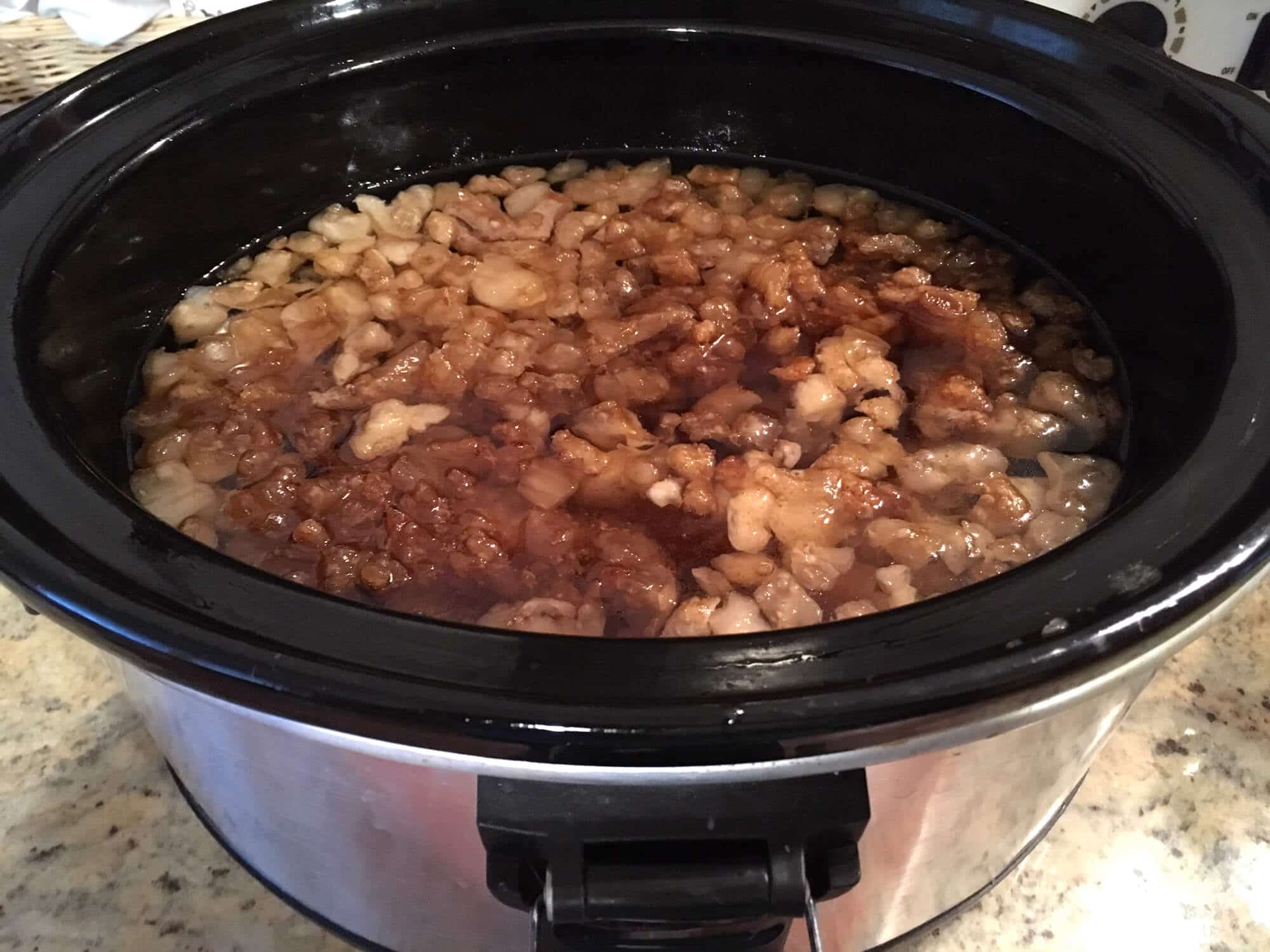
What to do with those sad, limp bits of pork fat? Turn them into crispy cracklings! Transfer them to a frying pan and fry until they’re puffy and crispy. If you want, add some seasonings. Eat them as a snack or sprinkle them over your salads.
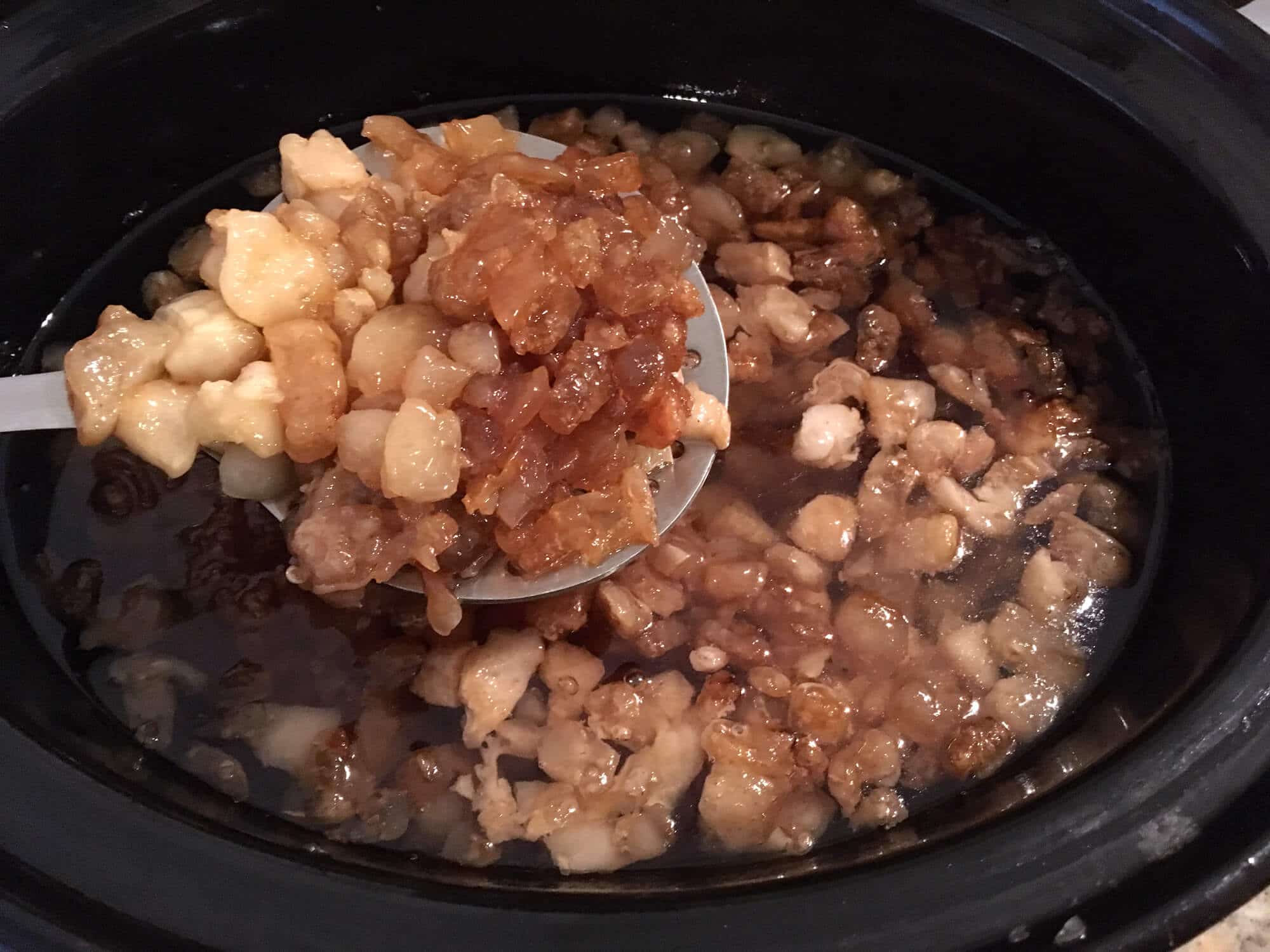
Strain it through a fine mesh colander to remove the cracklings. Then strain it again through 3 layers of cheesecloth to remove the remaining small bits and sediment.
It’s critical that you remove any bits of fat and gristle along with any tiny bits of sediment, otherwise your lard will get moldy. Pure fat doesn’t grow mold, it goes rancid. So if there’s mold on it it’s because it wasn’t rendered long enough to remove all the water and/or it wasn’t strained properly. So be sure to properly strain it.
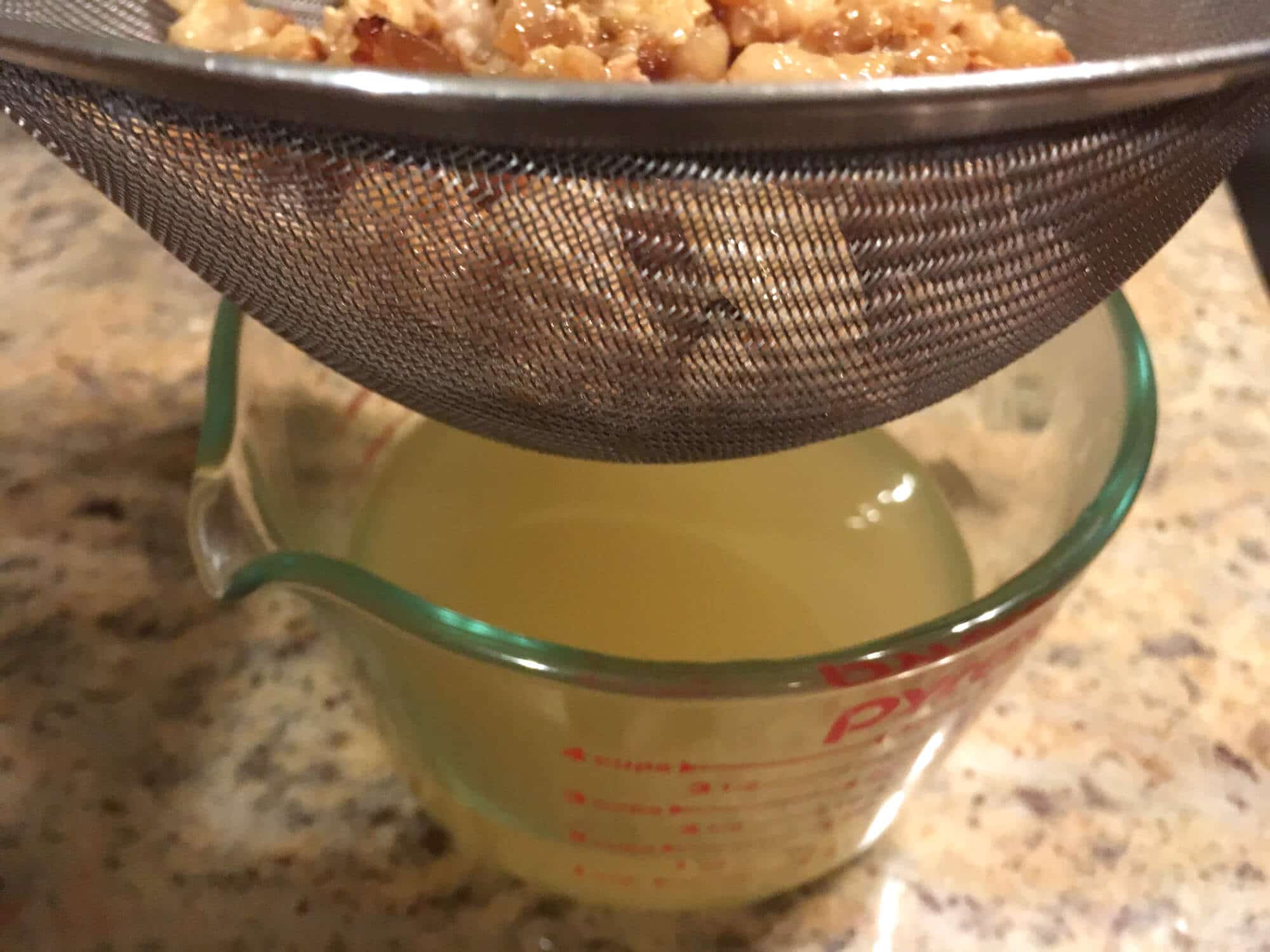
In its liquid state, the color of the lard will be like lemonade or apple juice. Once it cools and hardens it will become white.
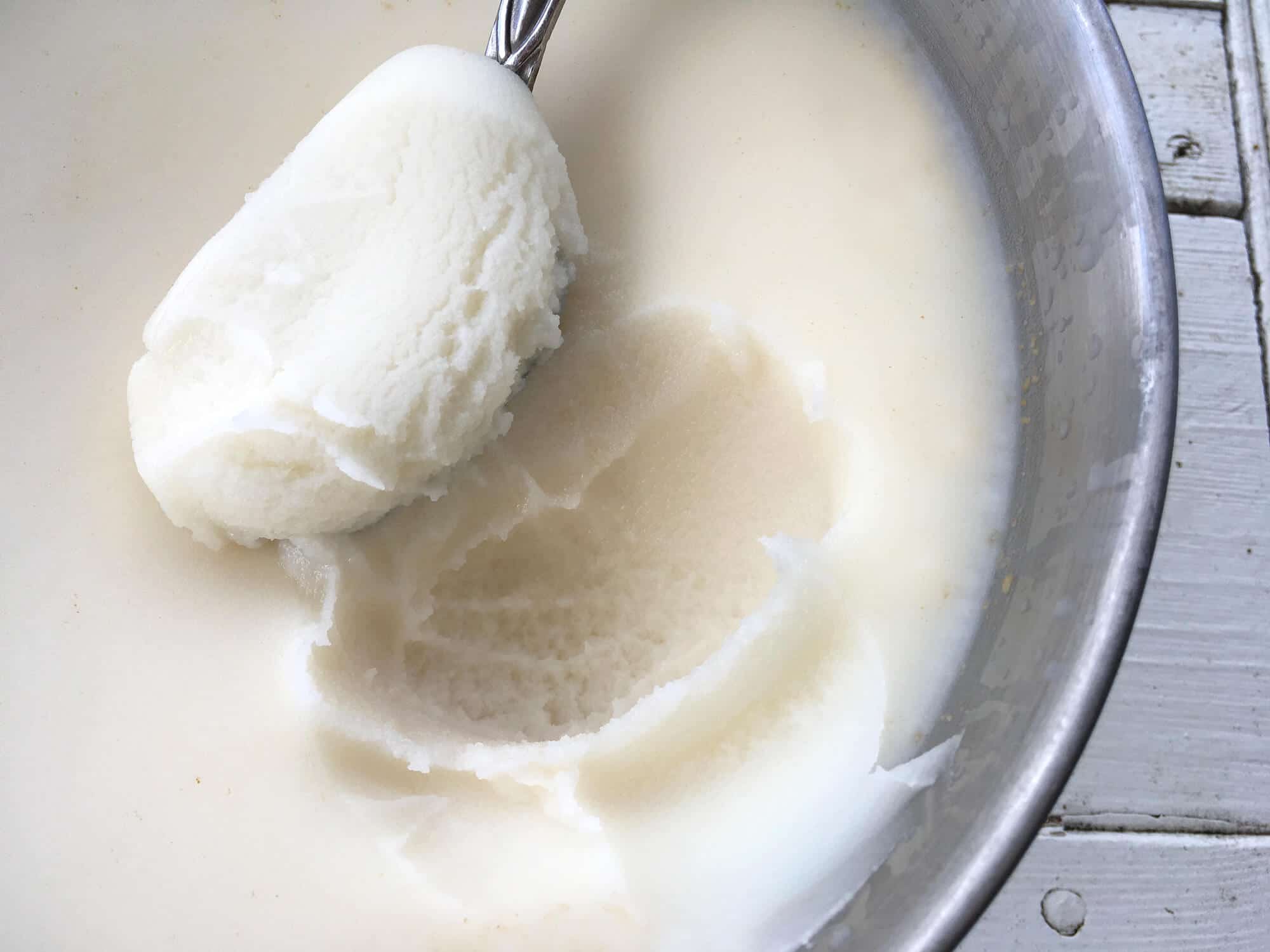
Place the melted lard in whatever container you want to keep it in long-term (preferably glass or, if that’s not available a non-reactive metal). Let it sit undisturbed at room temperature until it has to cooled down and is firm (it firms up pretty quickly).
For information on how to store lard, see the “How to Store Lard” section above.
Enjoy!
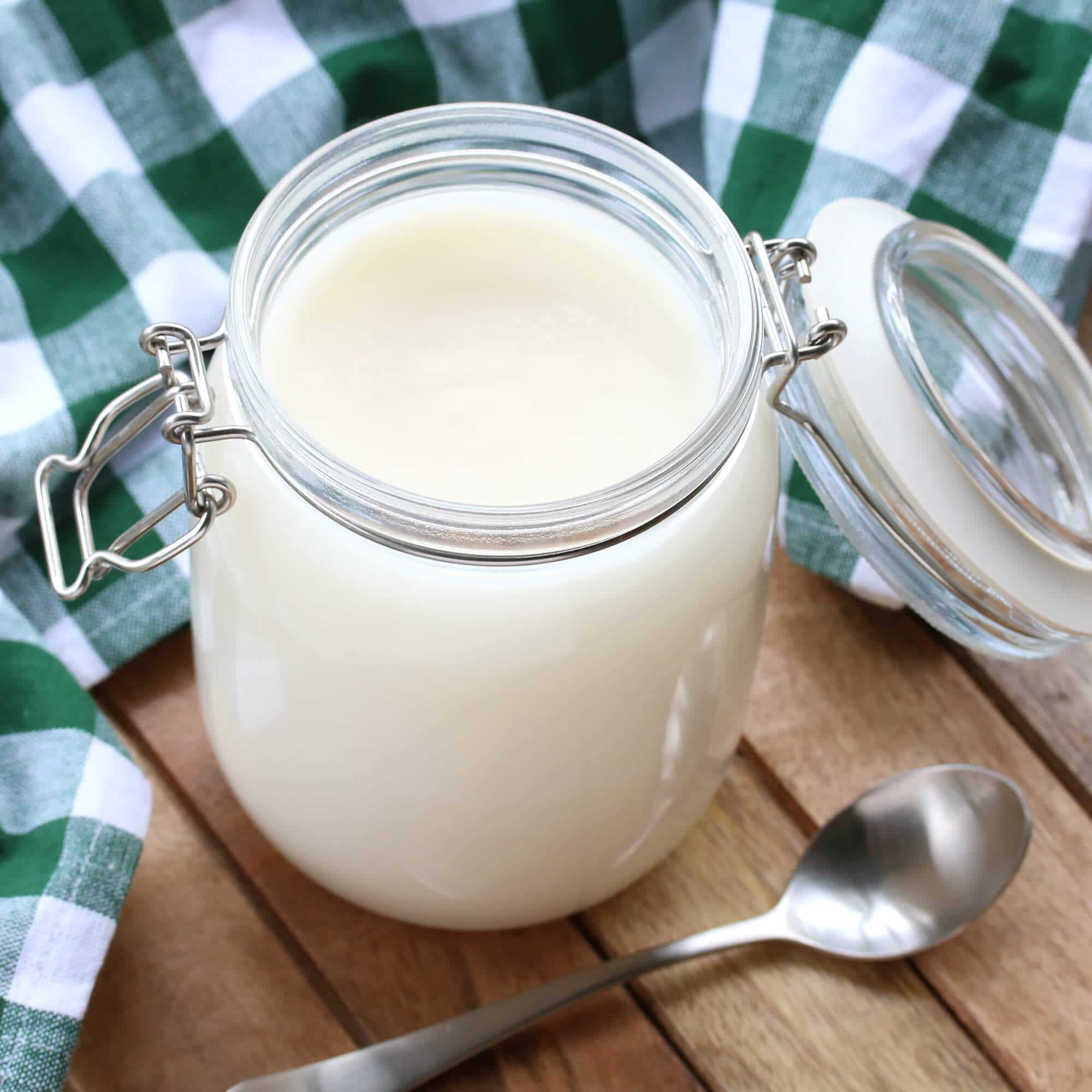
Be sure to also check out our tutorials on:
Save This Recipe
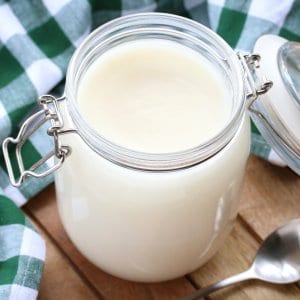
How To Make Lard
Ingredients
- 2 pounds leaf lard or fatback (depending on what you're using it forl; see blog post for description), diced as finely as you can (it's easiest to dice while frozen)
- NOTE: You can use this same method for beef tallow and other animal fats
Instructions
- This can be made in the slow cooker, in the oven, or on the stovetop. For the oven and stovetop method see the blog post tutorial above. Slow Cooker Method: Place the diced fat in the slow cooker and set it to LOW. Leave the lid off while to prevent moisture buildup which can lead to spoiling. It will generally take at least 3 hours, often more, for the fat to render, especially if you're making a larger batch or if the chunks are large. The pieces of fat will sink down to the bottom and then rise up again after a few hours, indicating that the they are done rendering. Be careful not to over-cook the lard or allow the edges to burn or you'll end up with lard that has a stronger pork flavor (though still usable for frying savory things, just not ideal for sweet pastries and pie crusts). Strain the rendered lard through a fine mesh colander and discard the chunks (these can be fried to create crispy flavorful pork cracklings). Strain the lard a second time, this time time through 3 layers of cheesecloth to remove any small bits and sediment which cause spoilage. In its liquid state, the color of the lard will be like lemonade or apple juice. Once it cools and hardens it will become white.Place the melted lard in whatever container you want to keep it in long-term (preferably in a glass jar). Let it sit undisturbed at room temperature until it has to cooled down and is firm.Store your lard in a cool, dark place. It will keep longer in the fridge if you have the space and you can also freeze it. 2 pounds of pork fat will yield roughly 1 to 1 1/2 cups of lard.
Originally published on The Daring Gourmet May 15, 2017



















How long about does it take to render in a crock pot? It’s been decades since I did in the oven and am getting ready to do again. Kinda like the idea of using a crock pot
Hi Barbara, it depends on how much you’re rendering at once and whether you’re rendering it on the low or high setting. Count on at least 4 hours or upwards of 8.
I am looking to make tallow for cooking my own fish and chips, as recommended in your post on F&C.
Being new to all this, I have a few questions.
What beef fat should I get to make tallow for cooking?
How much fat would I need to render out a quart of tallow? (I’m alone and that’s the size deep fryer I have.)
How many times can tallow be used for deep frying?
Thank you
Hi Lynne, that’s great, I think you’re going to really love the flavor and texture of frying in tallow. For tallow you can use regular beef fat, usually from the sides of the cow, as opposed to leaf fat that surrounds the kidney and has a neutral flavor. Plus regular beef fat will have more flavor than leaf fat. You can usually get it very inexpensively. It’s been a long time since I actually measured it own to see how many pounds of fat yield how many quarts of tallow and I can’t remember. If I had to guess I’d say around 4 pounds of fat will give you about a quart. How many times you can reuse it depends on how “dirty” it gets (little bits of food left floating around in it). If you take the time to strain the fat after using it, you can use it quite a few times. Just go by sight and smell. Does it look normal, does it smell normal? Happy cooking! :)
We do a lot of hunting hogs and pigs in Texas and wandering if these wild feral hogs are considered pasture animals. They are much leaner than penfed hogs and have a wonderful taste, especially deep fried in peanut oil. I have never rendered their fat and usually go to butcher for pork fat when making sausage. Deep fried feral hog strips will almost make you want to throw away fried turkey. We usually limit our pig size to 150-175 pounds and the larger ones are disposed of by the varmints. The larger hogs are much harder for us to butcher and have a smell about them, especially the boars.
Those sound like great candidates for “pasture-raised” rendered lard, Cliff!
A quick correction on canola oil. Regular rapeseed oil tastes bad because it contains erucic acid, as much as 54%. Canola oil was made palatable by selectively breeding cultivars of rapeseed that produced very low concentrations of erucic acid. In the US rapeseed oil must have less than 2% erucic acid to qualify as canola oil, and rape grown in western Canada produces oil with erucic acid as low as 0.01%.
Thanks for your article and the comments here. I have been rendering lard for many years, learned from my mother. The best for pie crust. My sweet rolls also call for lard. It is good stuff. Interesting about the pasture vs pen raised pork. When we raise a pig we keep it in the pen but it is raised on very little feed, we feed them hay/grass and scraps, garden refuse, etc. It takes longer but makes for a tasty pig. I learned a couple of things from this page even though I have been doing this for a long time. I have always done it in the oven, and on low heat. If I don’t have a home raised pig I buy fat from the local butcher plant.
We just did the fat from 9 of our pasture raised hogs and got around 19 gallons of lard. We burnt some, it all looks a different color, and we learned a LOT. This article was super helpful!
I rendered pork lard yesterday using this method. This morning, my glass jars are still not solid. The bottoms of the jars are white but the tops are still liquid. Did I do something wrong? Is all that lard bad now? Thanks for the help!
Hi Erin, no your lard isn’t bad. If the temperature in your home is warm the fat won’t fully solidify. Put the jars in the fridge and see what happens.
I’ve had a bag of leaf fat in my freezer for a while so I could render lard. EVERY other thing I’ve read says to use water but that just did not seem right. Turned out perfect with your directions. So happy to read the history too – I try only to purchase meat/veggies from local, high quality farms (unless we grow ourselves) and make all our food from scratch. I just subscribed to your newsletter too! Thrilled to have found this site.
I’m so glad it was a success, Brooke, thank you for the feedback! And thanks also for subscribing, so happy to have you on board! :)
How much fat do you use? I have roughly 20 lbs in my freezer and would like to render. What is the lb to water ratio?
Hi Marianne, you can use as much or as little fat as you want to render (and as will fit in your slow cooker or pot). I do not recommend adding any water. The fat will render on its own and the addition of water will only increase the likelihood of spoilage down the road.
As there seems to be new ways of doing everything, I googled ‘rendering pork fat’ and came upon your page. I was raised on a mixed farm, and by age 11 it was my job to cut the 400 lb. pigs up and grind ALL the fat by hand. Everything was cooked with the resulting lard, and a favorite to this day, 70 yrs. later, is bread slice with ‘smaltz’ and salt on it. We could not wait to get to the bottom of the container where the cracklings lived. And mom’s crisp potatoe pancakes… Poor lady hand grated 5 lb. of potatoes at a time… When I left home in 1967, age 17, I thought margarine was a real treat, along with other new and wonderful foods, like at the A+W. So happy to have finally gotten back to real food and efforts like yours on the internet is helping all of us nutritionally. You are now on my favorites for easy reference. Thank you Don!
That’s incredible, Evi, thank you so much for sharing those experiences! And thank you for your kind words and for your support – I’m so glad you found my website! <3 Warm regards, Kimberly
For all the reasons in this excellent article, I recently switched to using ghee. I believe it has an even higher smoking point than lard. I would be interested in any comment comparing the use of ghee with lard.
Hi Don, ghee is an excellent choice. It has around 20% more saturated fat than lard but it a short chain fatty acid which is very easy to metabolize and the intestinal tract can readily use it as fuel. Yes, it has an even higher smoke point than lard (485F vs 370F).
thank you for your article,,i looked everywhere for a supermarket that sold lard and all they had was dripping.I am using mine because it makes beautiful soap and i ran out some months ago,the climate here in New Zealand is terrible and other soap batter doesn’t like the cold but finally found a lovely butcher today who gave me nice plump soft lard which i have just finished cutting into small pieces and will put in the crock pot on low heat overnight. So thank you for letting me know about rendering.
Wonderful, Andrea, I’m glad you were able to find a source. Happy rendering and soap-making! :)
Hi Andrea, yes I am in NZ as well and haven’t been able to buy any lard lately for my soap, so am now just going to make my own as well.
Awesome. Did 20 pint jars of pork lard. Cracklin is yummy.
Wow, Deanna, you’ve been hard at work! Well done and congratulations!!
On our Family Farm, in Nebraska, we have been raising hogs, producing high quality pork and rendering lard (from our hogs) for over 150 years. Your comments and facts about the history of lard and how it came to be “Bad” for us are right on target. Your directions are mostly very accurate….
2 changes for your consideration:
* add a warning to educate the ‘lard-maker’ on the dangers of fire in the pot by those
who might leave the process un-attended…….especially stove top!!
* Your opinion on pasture raised v.s. humanely raised hogs in a quality controlled
facility is pure conjecture on your part. Having raised pork both ways, there is
no difference in fat quality when pigs are well managed.
Hi Gary, how are you defining “fat quality”? While flavor is subjective, there are passionate arguments in favor of pasture-raised pork/fat from a flavor standpoint (you would never convince the French otherwise!). And from a “quality” standpoint that is measurable – referring to the accumulation of fat soluble toxins in the animal fat – I would urge you to do a simple online search through scientific journals to find a myriad of studies concluding that these deposits in the animal fats are a very real concern and transfer to humans through our consumption of those fats. For someone with your background and 150 year legacy of raising hogs to dismiss this as “pure conjecture” is a big part of the problem with our meat industry.
This may sound like a silly question but where would I purchase leaf fat? I truly want to start using lard like my grandparents did.
Hi Jo, you can get it at any butcher. Not the meat department in the grocery stores (they won’t have it), but any actual butcher shop.
Hi Kimberly…
I know I’m a little late weighing in…I had the same question!
I found a reputable brand on Amazon. I know a butcher shop is probably a first choice,but in case that doesn’t pan out, Amazon provides very good choices & reading the reviews helps choosing which one. I purchased a brand out of Chicago. I’ve been very happy with it!im not home or I would provide the exact name, but I know it’s one from Chicago,and the reviews are very positive ones.
I hope you see this …
Lisa